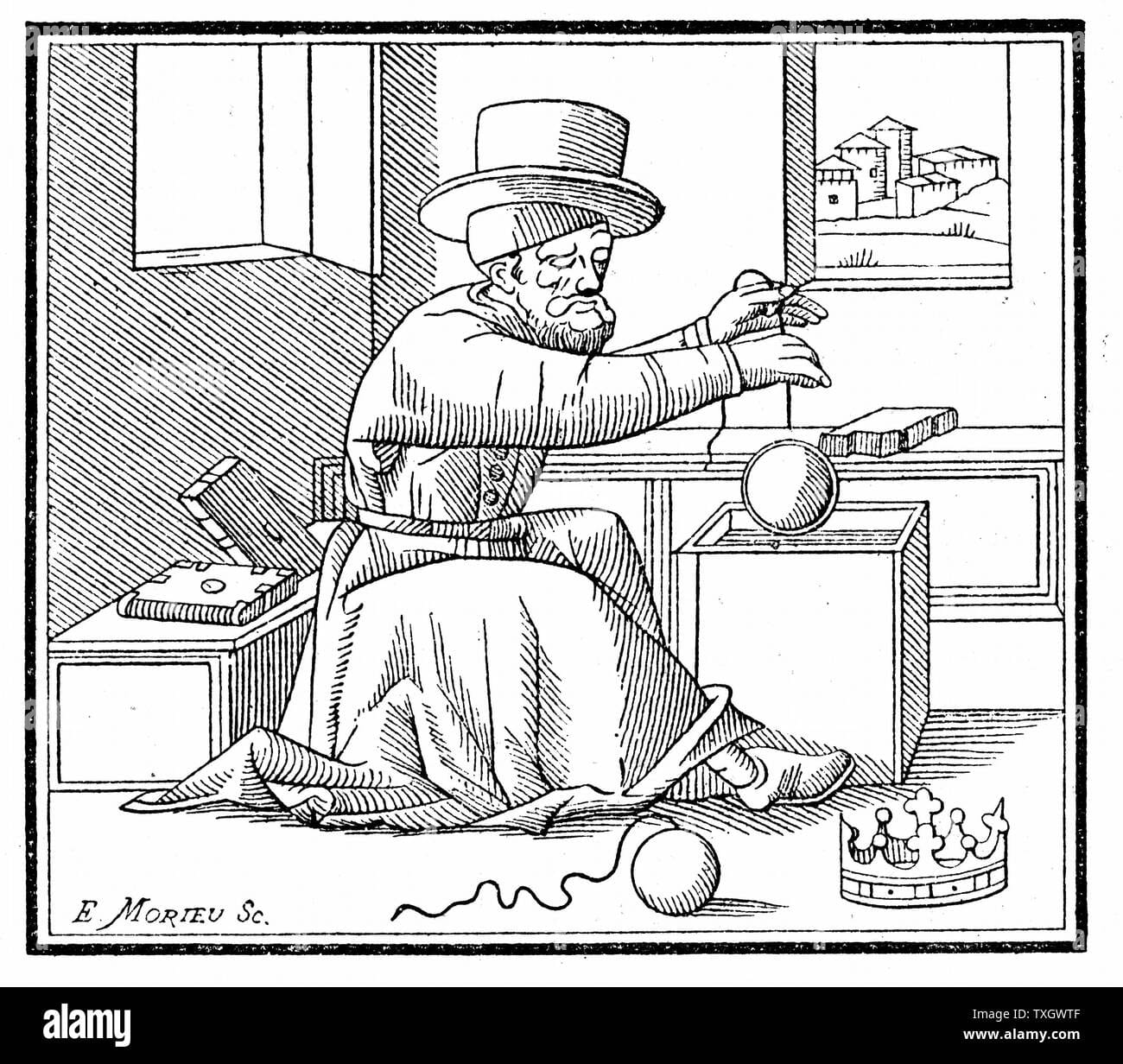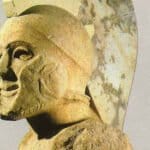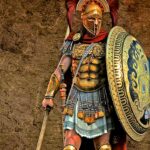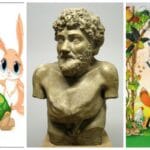Grasping the Universe: Archimedes’ Numbering Innovation
Numbers are everywhere, shaping our world from the smallest grain of sand to the largest star. This fascination with numbers captivated ancient minds, particularly the brilliant Greek mathematician Archimedes, who conceived a groundbreaking idea known as the “Myriad.” This wasn’t merely a new number; it was a revolutionary system for expressing the unfathomably large.
Archimedes wrestled with a seemingly impossible task: how to measure the immeasurable vastness of the universe. His famous work, “The Sand Reckoner,” presents his ingenious solution: the Archimedes myriad. He imagined the universe as a colossal sphere filled with sand and calculated its total volume. Then, he divided this immense space by the minuscule size of a single grain of sand. The result was an astronomical figure representing the maximum number of sand grains the universe could hold: 10^63!
To handle such enormous numbers, Archimedes developed the myriad, a unit representing 10,000. This innovation served as a shortcut for writing colossal numbers. He further enhanced this system by creating “orders” and “periods”—building blocks for numbers, each representing a quantity exponentially larger than the last. This system enabled him to express numbers as massive as 10^64, a feat unimaginable using the numbering systems of his time.
The Archimedes myriad transcended mere sand counting; it revolutionized our understanding of infinity. It demonstrated that even seemingly boundless concepts could be grasped and quantified. His work laid the foundation for modern scientific notation, an essential tool in fields like astronomy and physics, where we grapple with immense scales.
Furthermore, the myriad highlighted the interconnectedness of scientific disciplines. By bridging mathematics and astronomy, Archimedes foreshadowed the interdisciplinary nature of modern scientific inquiry. His legacy reminds us that the pursuit of knowledge is limitless.
Did Archimedes Have a Family?
While Archimedes’ inventions and mathematical brilliance are well-documented, his personal life remains an enigma. Like a puzzle missing pieces, we strive to assemble a complete picture from the fragments of information available.
The only confirmed family member is his father, Phidias, an astronomer. This intriguing detail suggests that Archimedes’ scientific curiosity might have been sparked by his father’s work, observing the cosmos and pondering its mysteries. It invites speculation about whether they shared moments gazing at the night sky, fostering a love for understanding the universe.
Ancient whispers hint at a possible connection between Archimedes and King Hieron II of Syracuse, perhaps even as relatives. If true, this could explain Archimedes’ access to the era’s finest resources and knowledge, enabling his genius to fully blossom. Did this potential royal connection influence the development of his inventions, many of which had military applications?
However, the historical record falls silent when it comes to a spouse or children. The lack of evidence doesn’t necessarily confirm their absence; it simply reflects the challenges of reconstructing the lives of individuals from antiquity. Details of daily life often faded with time, leaving us with tantalizing glimpses into their personal worlds.
Despite the gaps in our knowledge, Archimedes’ impact on mathematics and science remains undeniable. His discoveries and inventions, from the legendary “Eureka!” moment to his complex geometric proofs, continue to inspire awe and wonder. His legacy demonstrates that brilliance transcends time, its resonance echoing through millennia.
You’ve probably heard of the Ptolemaic queens of Egypt, but did you know about the powerful women who ruled Mauretania? Just click on Drusilla of Mauretania the Elder and find out about her fascinating life during the 1st century.
The Last Words of a Genius: Fact or Legend?
Imagine the scene: Syracuse under Roman siege, chaos engulfing the city. Amidst the turmoil, Archimedes, the renowned mathematician, remains deeply engrossed in a geometric problem. A Roman soldier, likely unaware of the genius before him, confronts Archimedes. The story recounts that Archimedes, completely absorbed in his work, utters the now-famous words, “Do not disturb my circles!”
Whether these were his exact last words remains a subject of debate among historians. Regardless of its historical accuracy, the phrase has become a potent symbol of unwavering dedication to knowledge. It suggests that for Archimedes, the pursuit of intellectual passion transcended even the threat of war.
The story’s resonance lies in its portrayal of a love for learning so profound that it eclipses fear and chaos. It stands as a testament to the power of the human mind to remain focused on intellectual pursuits even in the direst circumstances. It serves as a reminder that ideas and discoveries possess a longevity that can outlast even the most tumultuous events.
Archimedes’ “Eureka!” Moment: A Bathtub Revelation
The story of Archimedes’ most famous discovery is as intriguing as it is impactful. Picture this: Archimedes relaxing in a bath, much like anyone might after a long day. As he lowers himself into the water, he observes the water level rising. While a seemingly mundane observation, Archimedes’ genius lay in recognizing its significance.
It dawned on him that the volume of water displaced by his body was equal to the volume of his submerged body. This realization, often accompanied by the exclamation “Eureka!,” revolutionized our understanding of buoyancy and became known as Archimedes’ Principle.
This wasn’t merely a fleeting thought. It formed a cornerstone of physics and engineering. Shipbuilders rely on Archimedes’ Principle to design vessels that float, calculating how much weight a ship can bear without sinking. Submarine designers utilize it to determine how to control submersion and resurfacing. Even the principles behind hot air balloons can be partially attributed to Archimedes’ bathtub revelation.
Key Takeaways:
- While the exact words Archimedes uttered in the bathtub are lost to history, the story suggests a moment of profound excitement and insight.
- This seemingly ordinary experience led to the groundbreaking discovery of the principle of buoyancy.
- Archimedes’ Principle states that the volume of fluid displaced by an object is equal to the volume of the object itself, explaining why objects float or sink.
- This discovery continues to shape various fields, influencing the design and construction of everything from ships to submarines.
Key Points:
- Archimedes’ “Myriad” introduced a new concept for expressing exceptionally large numbers.
- He envisioned the universe as a sand-filled sphere and calculated its maximum potential volume.
- He established the “myriad” as a unit representing 10,000 and developed a system of “orders” and “periods” to represent numbers as large as 10^64.
- The Archimedes myriad transformed our approach to infinity, proving that even seemingly immeasurable concepts could be understood.
- It paved the way for scientific notation and strengthened the connection between mathematics and astronomy.
- Archimedes’ work exemplifies the boundless nature of intellectual exploration and the enduring power of human curiosity.
- China II Review: Delicious Food & Speedy Service - April 17, 2025
- Understand Virginia’s Flag: History & Debate - April 17, 2025
- Explore Long Island’s Map: Unique Regions & Insights - April 17, 2025
















